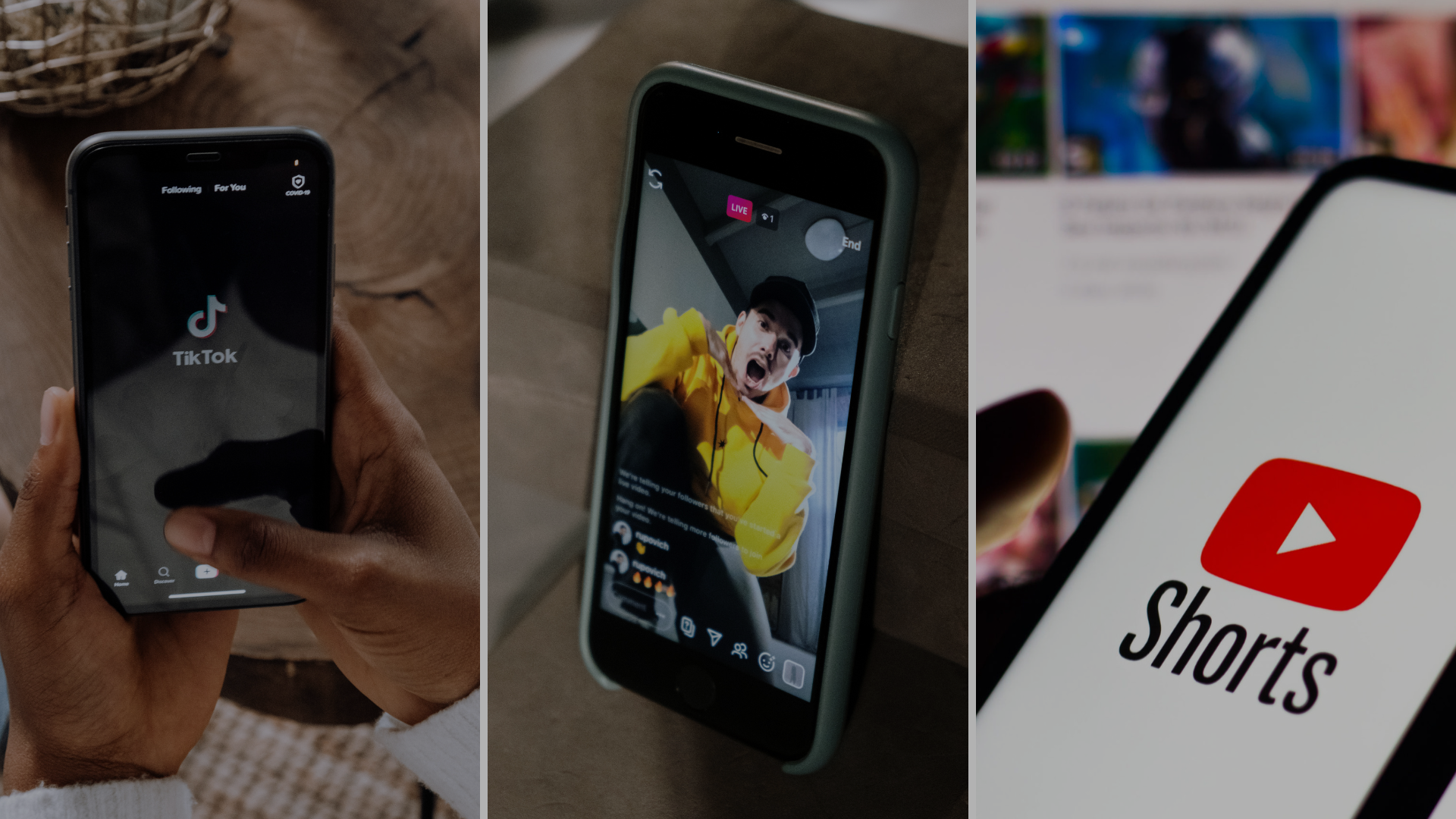
A Social Media Marketing Strategy Will Boost Brand Awareness
By: kwebb
April 27, 2023
In today’s digital age, social media has become an integral part of marketing and has revolutionized how brands advertise their products and services. Leveraging social media’s power in your marketing strategy can help you achieve your marketing and branding goals. However, with the abundance of social media platforms and the different demands of each, it can be overwhelming for businesses to sort out how to effectively use social media. That’s where a social media marketing strategy comes in.
A social media strategy is a detailed plan that outlines how a business will use social media to achieve its overall marketing goals. A social media strategy includes the who, what, where when, why, and how of posting on social media. It identifies the target audience and takes into consideration the unique demands of each social platform, catering content to the platforms’ characteristics. A social strategy is also comprised of a content calendar that provides a framework for when and how often to post content that is relevant to the brand’s overall marketing goals and objectives.
Let’s break down exactly how to create a social media marketing strategy:
1. Define your target audience
Assuming you have already established who your brand’s ideal customer is, use that data to narrow down your target audience on social media. Analyze the social media accounts of competitors that are successful in your industry to determine what type of audience is consuming their content. A competitive analysis is a great tool to identify the type of content your competitor is posting and what is working for them.
Later on in your social media journey and once you have sorted out the kinks of your strategy, don’t forget to return to your target audience and re-analyze your social metrics. This can ensure you are reaching your target audience and that they are the ones consuming your content.
Engaging with your audience is also key in ensuring you are creating the strongest social media strategy. Responding to comments, asking for feedback, and encouraging social media conversations are all ways to optimize your strategy and help target your ideal customer.
2. Outline your key social media goals and objectives
A social strategy will also plan out how to measure key performance indicators and set out specific targets and goals the business aims to reach. These goals could include the number of desired sales, an increase in followers or social engagement, or brand awareness. Whatever the purpose of posting on social media, brands should have a blueprint for their own version of success.
3. Select which social media platforms you would like to leverage
Not all social media platforms are created equal for the same objectives, they all have different audiences and can be leveraged to hit your marketing goals. Make sure to revert back to your target audience to determine which platform would be the strongest for brand recognition.
For example, if your target audience is Gen-Z, you might want to be on TikTok and participate in relevant trends. TikTok also offers reliable and convenient tools to edit videos that are three minutes or less, making it the perfect platform to share short-form content.
If your target audience is business professionals, LinkedIn would be the platform for you. LinkedIn is also a great platform for thought leadership and to encourage employee engagement. Then there’s Twitter, which is a reliable resource to use for customer support and to spark meaningful conversations with your audience. On the other hand, Facebook is a better platform if your goal is customer acquisition.
Don’t forget to research each platform to sort out their individual offerings and what age group engages most. Each platform offers different genres of content; make yourself a consumer and absorb media from different platforms to help you understand what type of content performs well. This will also help you determine whether or not using the platform will fit into your social cadence.
4. Create a content strategy
A content strategy dives into everything involved with creating content! This section of your social strategy will break down exactly what type of content your brand will be posting. We recommended starting with the basics, this means focusing on static imagery, short-form videos, and snippets of writing. Once the basics have been nailed down, you can transition into other avenues of content, whether that be live streaming, blog posts, long-form video content, or podcasting.
5. Determine the right cadence for your goals
Determining the perfect posting frequency for your social pages will take a lot of trial and error. Find a pattern that works for you and your audience! Finding the right cadence first consists of planning out content for the month and creating a calendar. Once you have decided how much content you’ll want to create, find a posting rhythm that works.
Make sure to use the analytics tools that social platforms offer to discover when your audience is most engaged and the best time of day for engagement. Social metrics will also provide information regarding what day of the week your audience is most active, which you can then use to determine how often you should post content.
6. Measure, monitor, and adapt to boost the success of your social strategy
Monitoring your social media pages can help you determine whether or not your social media strategy is working. Use the analytics and metrics that platforms offer to discover your strategy’s success.
If you include “increasing engagement”, in your key goals and objectives, this can be easily tracked in social metrics. If you have received an increase in traffic and engagement from your audience while implementing your new strategy you’ll recognize what style of content your audience enjoyed consuming. However, you may notice that engagement has dropped since incorporating your new content strategy. This shows that your audience is not favoring the new style of content, which means you may have to restructure your strategy and find new ways to share content.
That being said, social media success takes time. Give your brand and audience time to adjust to the new social media marketing strategy before making any drastic changes. Be patient and remember that the algorithm might not always be in your favor. Check out this blog post to see what you can do if you notice your Instagram engagement dropping.
Blog CTAs
Stay Updated
Get access to the latest industry info and expert advice for your digital video strategy.
Sign UpYou may also like
Cookies
This website uses cookies to ensure you the best experience on our website. Learn more





